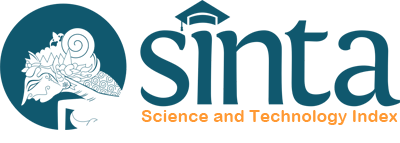Correlation Between HBA1C Levels And Albuminuria In Patients Diabetes Mellitus Type II In Atma Jaya Hospital
Abstract
Introduction: World Health Organization (WHO) estimated the number of DM patients in Indonesia in year 2030 could reach up to 21,3 million people. This study was conducted to understand the correlation between HbA1c levels and albuminuria in DMT2 patients.
Methods: Data included age, sex, levels of HbA1c, blood pressure, proteinuria, smoking habit, usage of ACE-Inhibitor and/or Angiotensin Receptor Blocker, and duration of treatment that was collected from the medical records of patients DMT2 in Atma Jaya Hospital according to certain inclusion and exclusion criteria using the cross-sectional study with the Spearman correlation method with 95% confidence interval (á = 0.05).
Result: There’s a correlation between HbA1c levels and albuminuria (p<0,0001) with a quite strong correlation (r=0,439). There is also a relation between age(p<0.05), while blood pressure, smoking, and ACE-Inhobitor or Angiotensin Receptor Blocker consumption are not related significantly.
Conclusion : This study showed a correlation between HbA1c levels and albuminuria in Type 2 DM patient in Atma Jaya Hospital.











